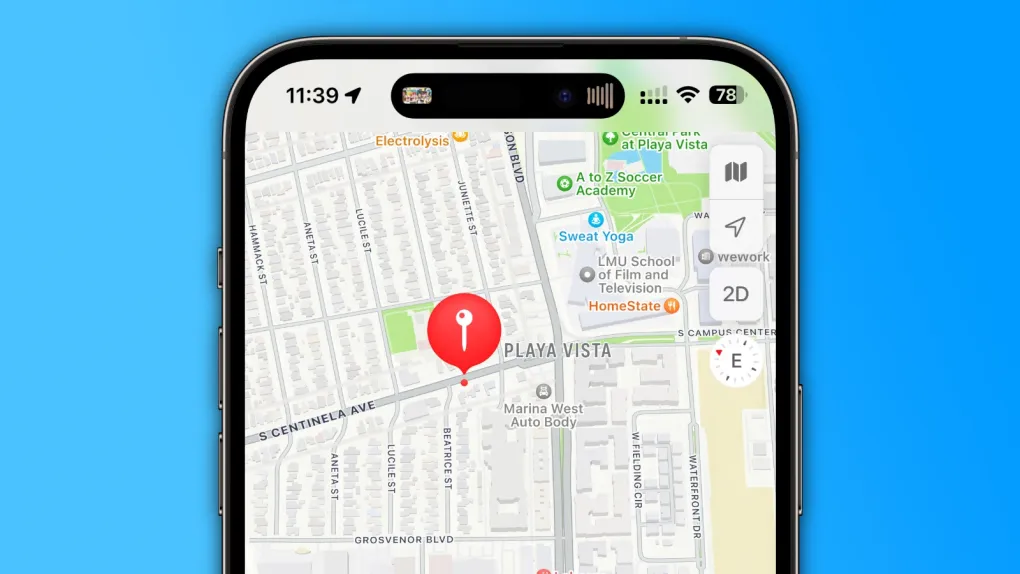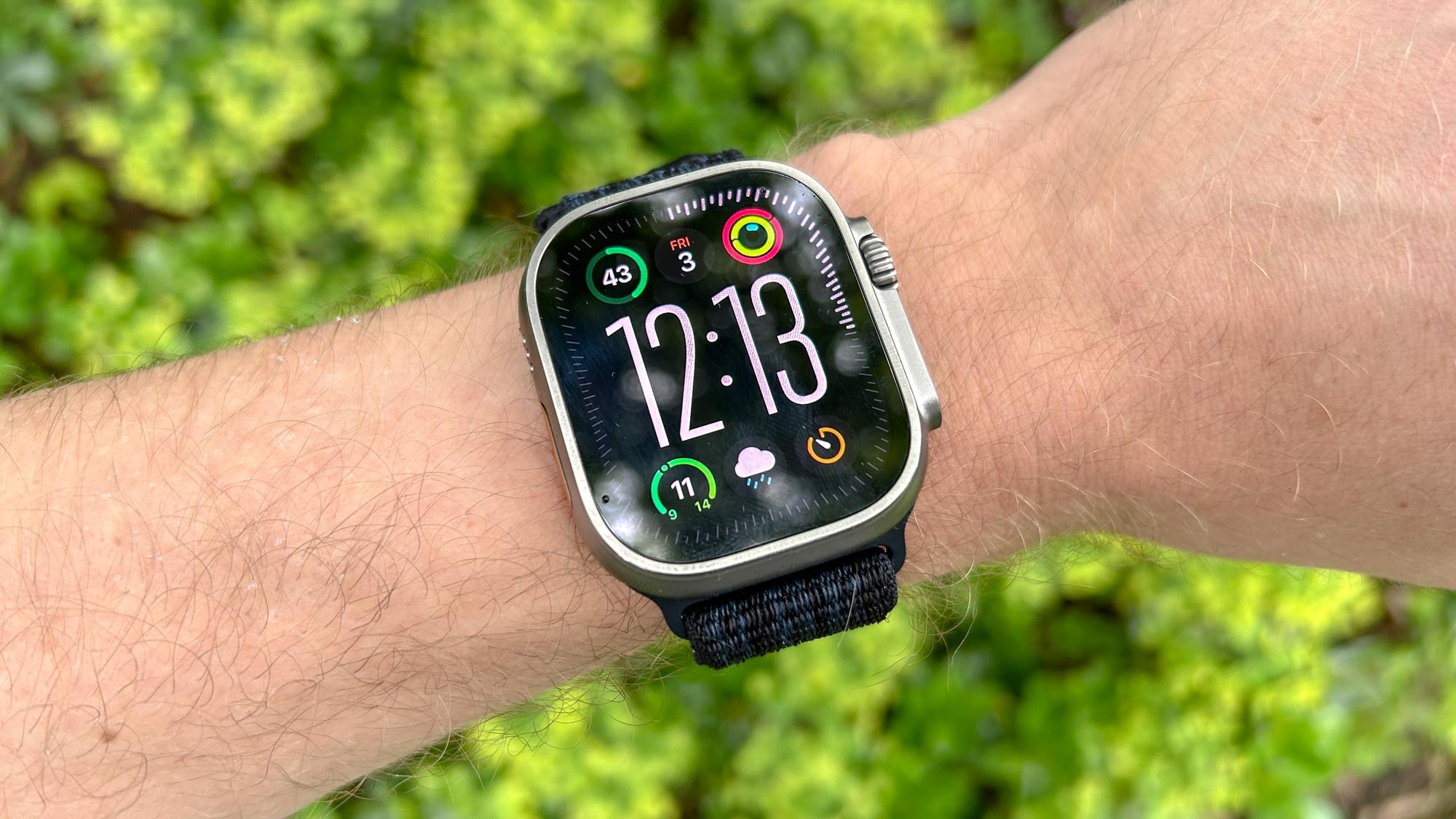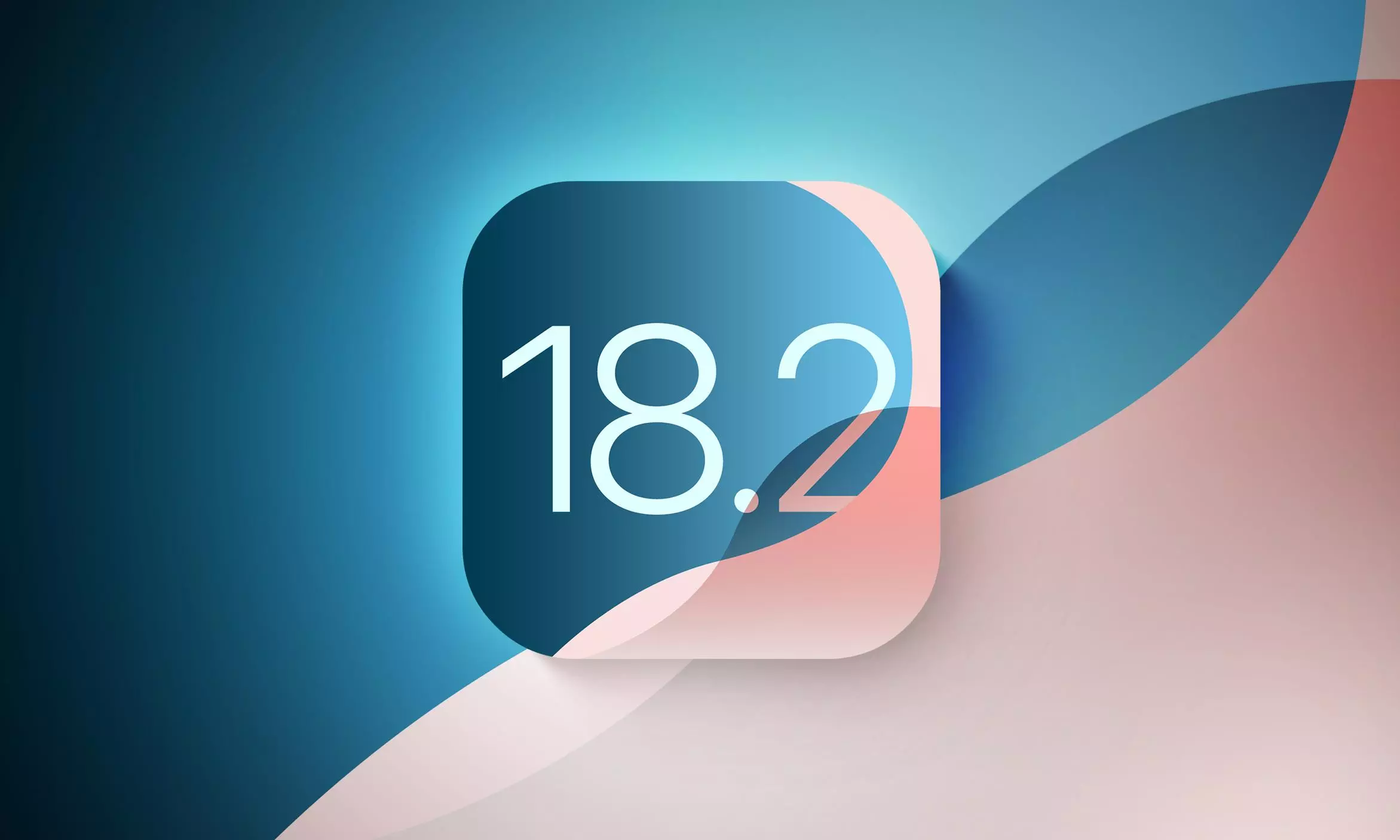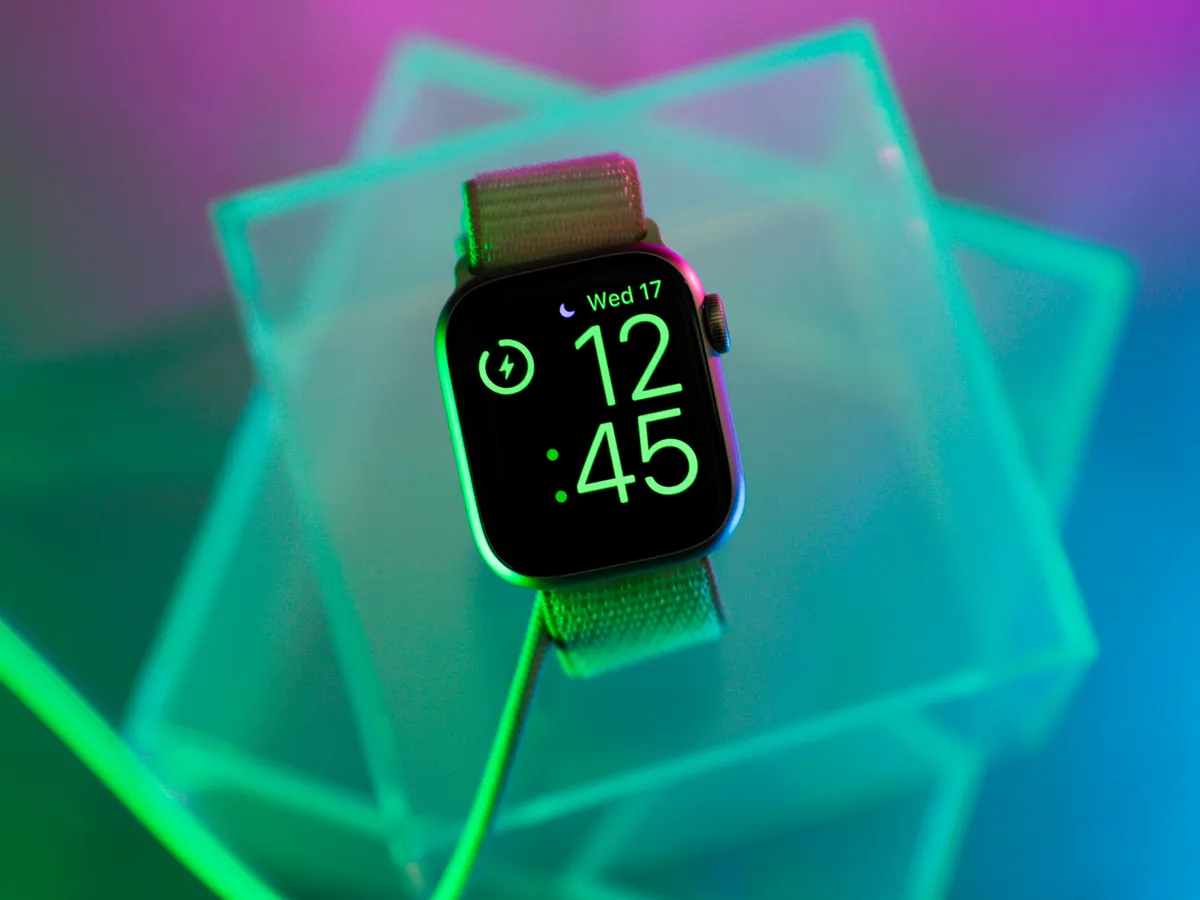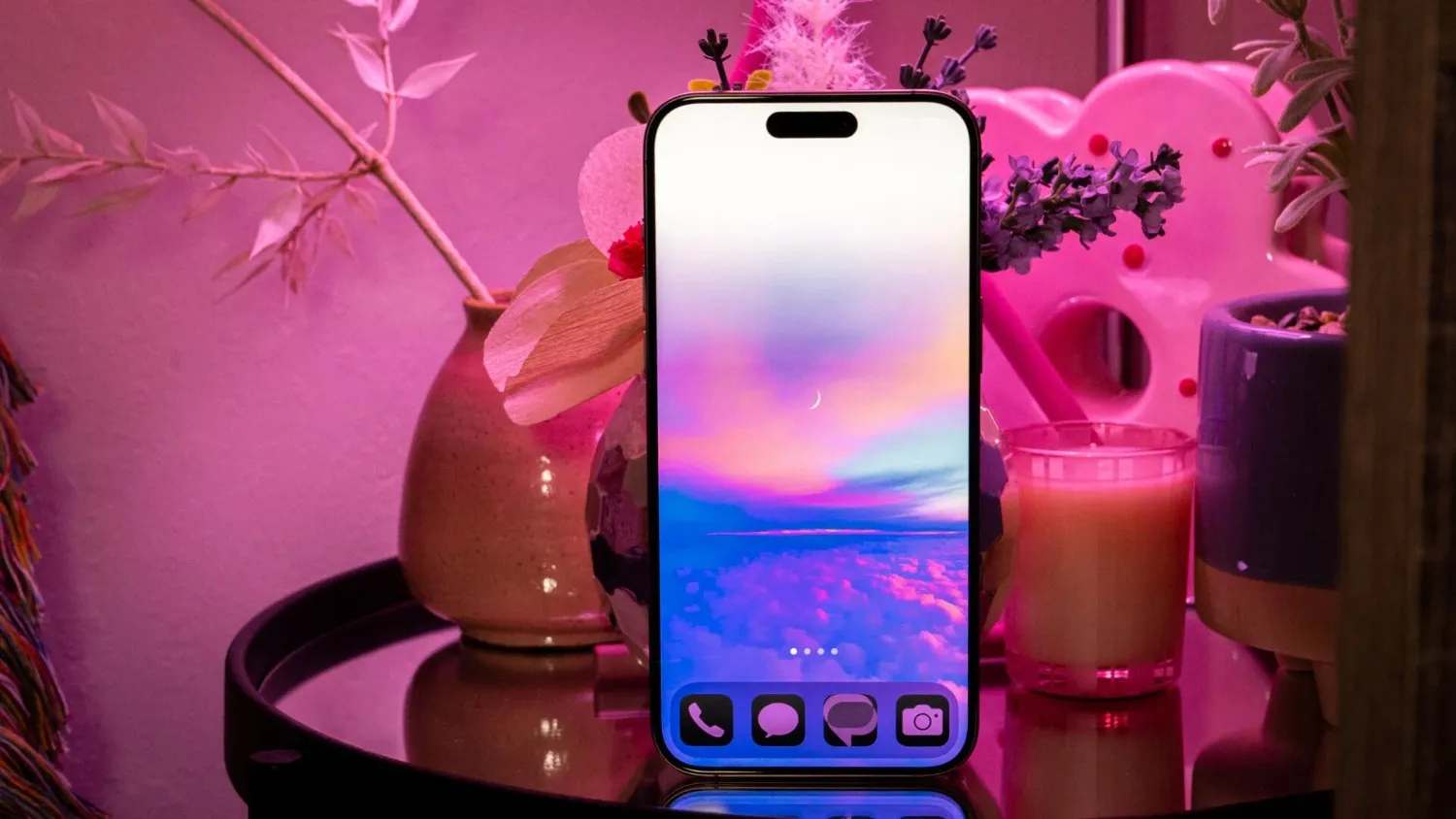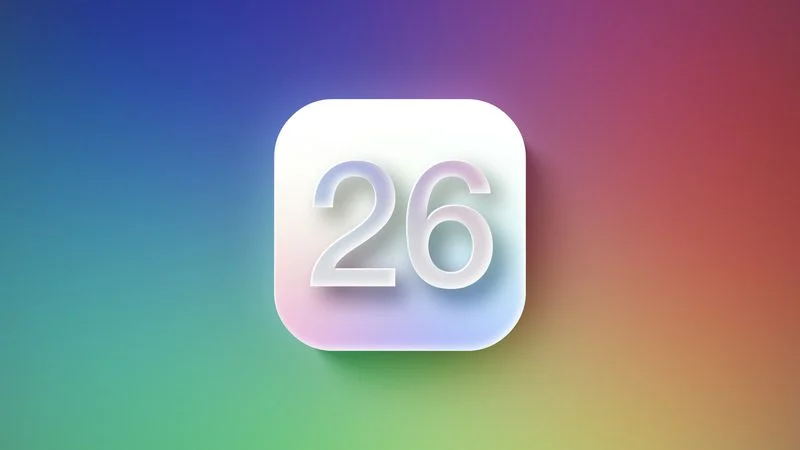The release of iOS 18 brought a significant overhaul to Apple’s Photos app, introducing new features and a redesigned interface. While some changes were welcomed, others sparked debate among users. Recognizing this feedback, Apple has diligently addressed key concerns and implemented several crucial improvements in iOS 18.2, significantly refining the user experience. This article explores these enhancements in detail, highlighting how they contribute to a more intuitive and enjoyable interaction with our cherished memories.
1. Reimagining Video Playback: A Seamless and Immersive Experience
One of the more contentious changes in iOS 18 concerned video playback. Initially, videos would play with borders, requiring a tap to expand them to full screen. This introduced an extra step and a somewhat jarring zoom effect. iOS 18.2 rectifies this by reverting to a more natural and user-friendly approach. Now, videos automatically play in full screen by default, providing an immediate and immersive viewing experience.
This doesn’t mean the refined controls are gone. Users can still tap the screen to hide interface elements for an uninterrupted view, mirroring the pre-iOS 18 functionality. This change strikes a balance between streamlined playback and user control, offering the best of both worlds. It demonstrates Apple’s commitment to listening to user feedback and prioritizing a seamless user experience.
2. Taking Control of Playback: Introducing the Loop Video Toggle
Auto-looping videos, while sometimes useful, can be a source of frustration for many users. iOS 18.2 addresses this by introducing a simple yet effective solution: a toggle to disable auto-looping. Located within Settings > Photos, the new “Loop Videos” option allows users to easily control this behavior. While the feature remains enabled by default, those who prefer a more traditional playback experience can now effortlessly disable it with a single tap. This small addition provides users with greater control over their video viewing experience, catering to individual preferences.
3. Navigating with Ease: The Return of Swipe Gestures
Navigating through the various Collections within the iOS 18 Photos app initially required users to tap the back button in the top-left corner. This proved cumbersome, especially on larger iPhones. iOS 18.2 introduces a more intuitive solution: swipe gestures. Users can now simply swipe right from the left edge of the screen to navigate back, mirroring the standard behavior found across other Apple apps. This simple change significantly improves navigation within the Photos app, making it more fluid and natural.
4. Precise Control: Frame-by-Frame Scrubbing and Millisecond Precision
For those who demand precise control over video playback, iOS 18.2 introduces frame-by-frame scrubbing. This feature, coupled with a new millisecond timestamp display during scrubbing, allows users to pinpoint specific moments within their videos with unparalleled accuracy. Whether you’re analyzing a fast-paced action sequence or capturing the perfect still frame, this enhanced scrubbing functionality provides the granular control needed for detailed video analysis.
5. Managing Your Photo History: Clearing Recently Viewed and Shared Items
The Utilities section within the Photos app in iOS 18 has expanded, offering several useful features, including “Recently Viewed” and “Recently Shared” albums. These albums provide a convenient history of recent activity, allowing users to quickly access recently viewed or shared photos and videos. However, managing this history was previously limited.
iOS 18.2 introduces the ability to clear the history within both “Recently Viewed” and “Recently Shared” albums. Users can now remove individual items with a long press or clear the entire history using the “Remove All” option located in the album’s three-dot menu. This provides greater control over privacy and allows users to manage their photo history effectively.
Conclusion: A Commitment to Refinement and User Satisfaction
The updates introduced in iOS 18.2 demonstrate Apple’s commitment to refining the user experience based on feedback. By addressing key concerns related to video playback, navigation, and history management, Apple has significantly enhanced the Photos app. These changes, while seemingly small individually, collectively contribute to a more polished, intuitive, and enjoyable experience for all iOS users. This update underscores the importance of user feedback in shaping the evolution of Apple’s software and reinforces their dedication to creating user-centric products.
